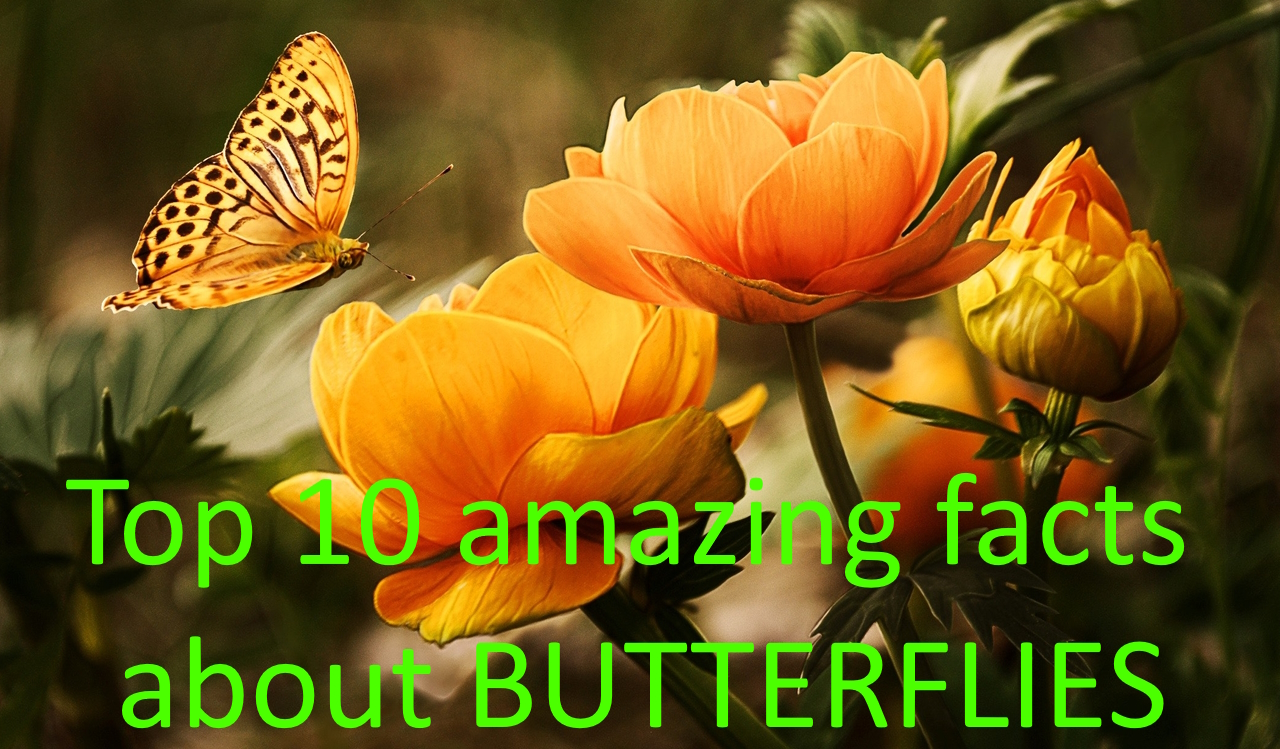By MSc Gvapo Tripinovic and Adam Tripinovic
Hello everyone, my eight-year-old son Adam and I make educational series of articles on our blog ParentingDad.
These articles aim to provide short, packed with information, practical and absorbing material about animals and nature for kids and adults.
In addition, you can watch everything in the video shown below.
Many people think that butterflies are the most beautiful insects in the world.
Check out this exciting journey a butterfly must take to look the way it does.
The first part of their journey is the egg.
The eggs can be in very different shapes and colors depending on the species.
They might look like they are frail, but they are actually very strong.
A small hole called the micropyle is at the top of the butterfly egg. This is how air and water, which are needed for the larvae inside the egg to grow, enter in.
This stage can last between 3 to 7 days.
The larva uses its jaws to tear the eggshell open when it’s ready.
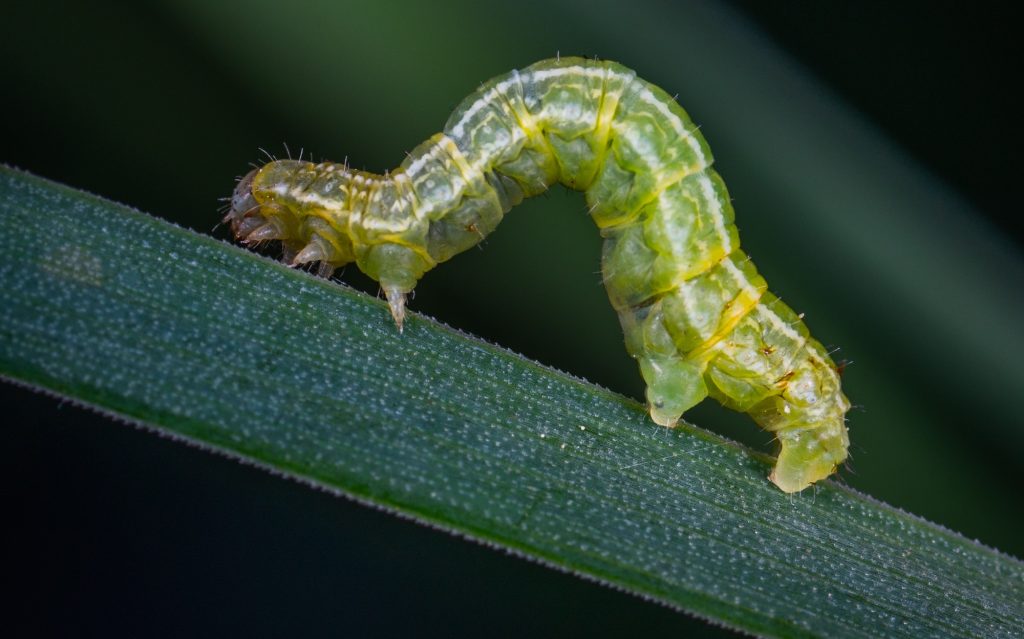
Now we have an insect we are all familiar with – a caterpillar. The second stage of a butterfly’s journey begins!
Caterpillars are small but vigorous eating machines.
For most of them, what’s left of their eggs is their first meal.
The plant on which they are laid is the second.
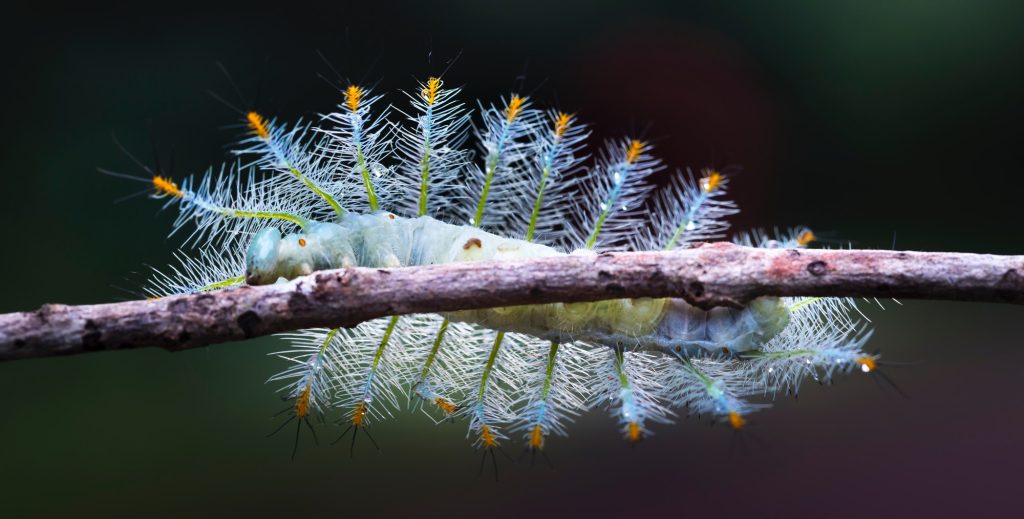
Caterpillars always eat and grow up very fast.
This usually lasts between 15 to 30 days.
Once fully developed, the caterpillar locates a suitable location and weaves a silk pad around it.
It is known as a Pupa or Cocoon. A third stage in the development of a butterfly.
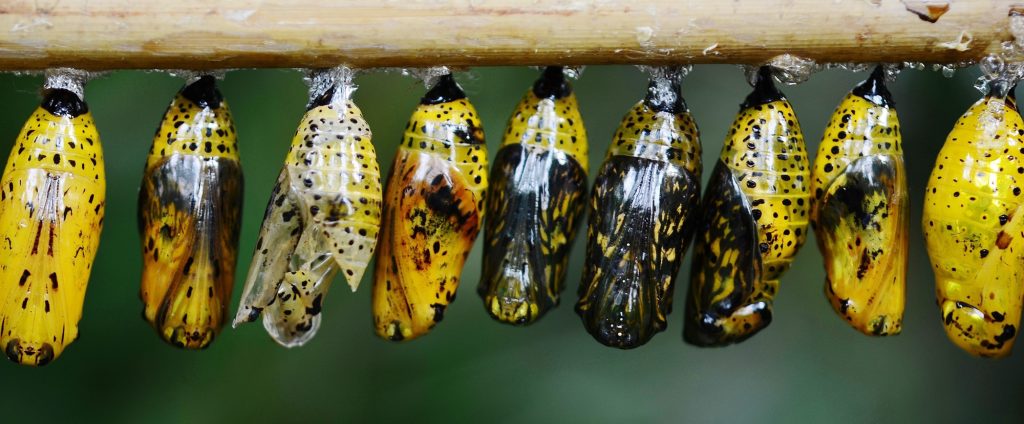
The Pupa has something that looks like a shell around it. This strong covering layer is called the Chrysalis.
This is when the magic happens. A caterpillar changes into a fully grown butterfly.
This last and fourth stage of metamorphosis lasts 1 to 2 weeks.
Butterfly’s typical lifespan is 20 to 40 days.
They can be found all around the world except in Antarctica.
There are between 17000 and 20000 different species of butterflies. Their numbers are declining everywhere in the world.
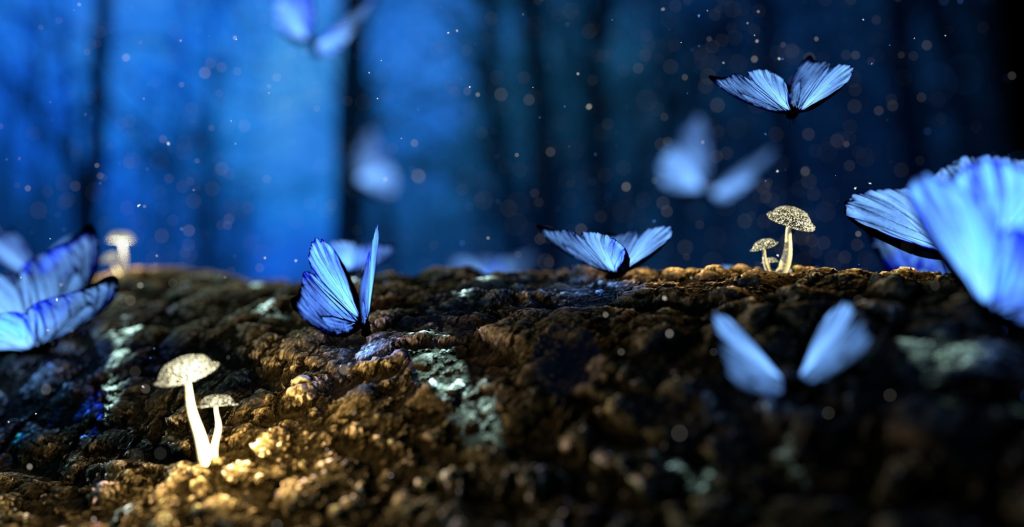
As insects, they have six legs, antennae, and a body with three parts: the head, the thorax, and the abdomen.
Butterflies have 4 wings.
The oldest known butterfly ancestors lived 56 million years ago.
Only one in every 100 butterfly eggs survives and hatches. Most of the rest are eaten.
Butterflies have skeletons on the outside of their body. This is called the exoskeleton.
Caterpillars eat solid food. Butterflies eat liquid food.
Favorite foods are nectar, pollen tree sap, and rotting fruits.
Butterflies taste with their feet.
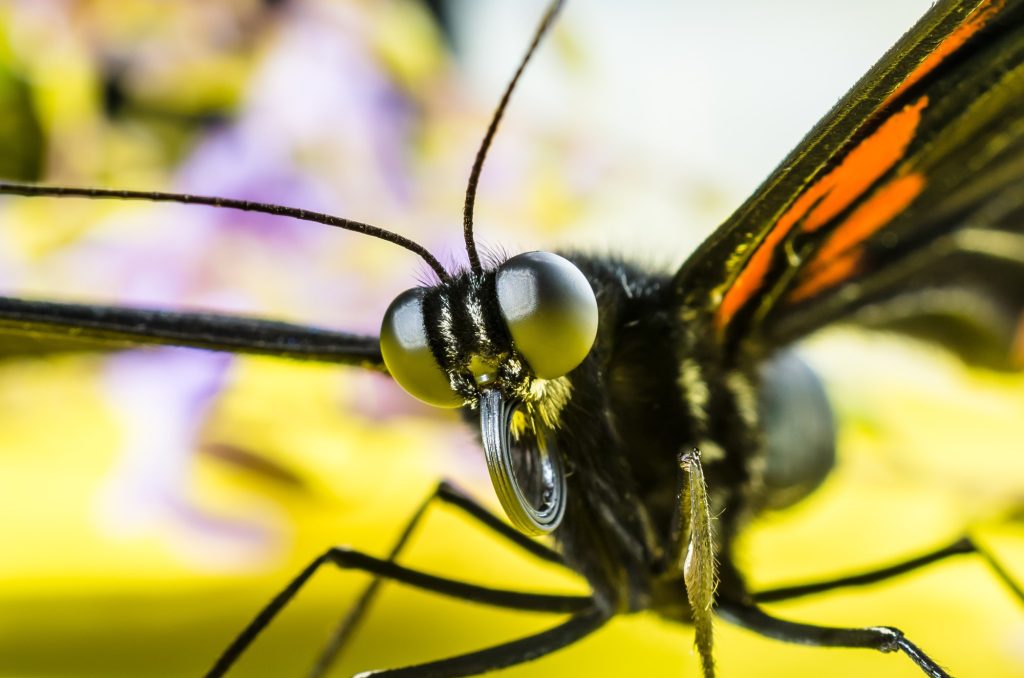
To eat, they stick out their long tongue like a straw and use them to suck up the food.
Many predators from the insect and animal world consider butterflies their favorite food.
Butterflies have three main ways to keep themselves safe.
Camouflage: When they do their best to fit in and disappear.
Mimicry: When the colors on their wings look like something threatening. Like a head of a snake, for example.
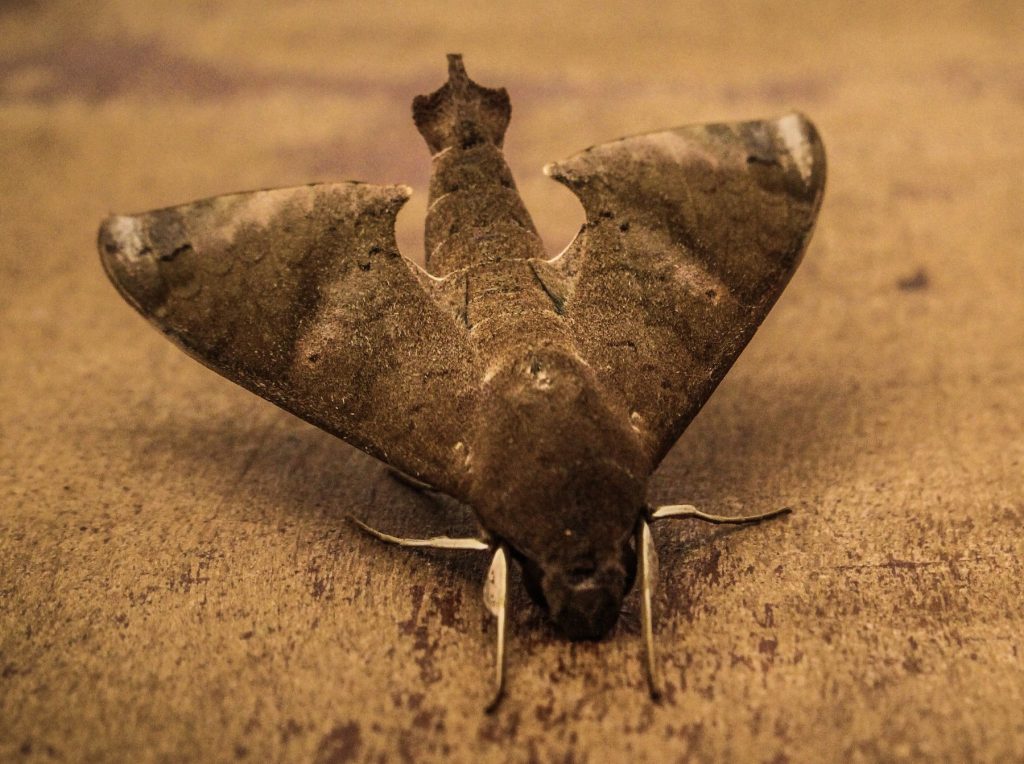
Poison: Some species of butterflies are venomous.
In contrast to others, these butterflies are wearing bright colors, which make it clear they are there.
When the predator eats these butterflies, they can become very sick.
Once a predator learns the colors of a toxic butterfly, it will leave them alone in the future.
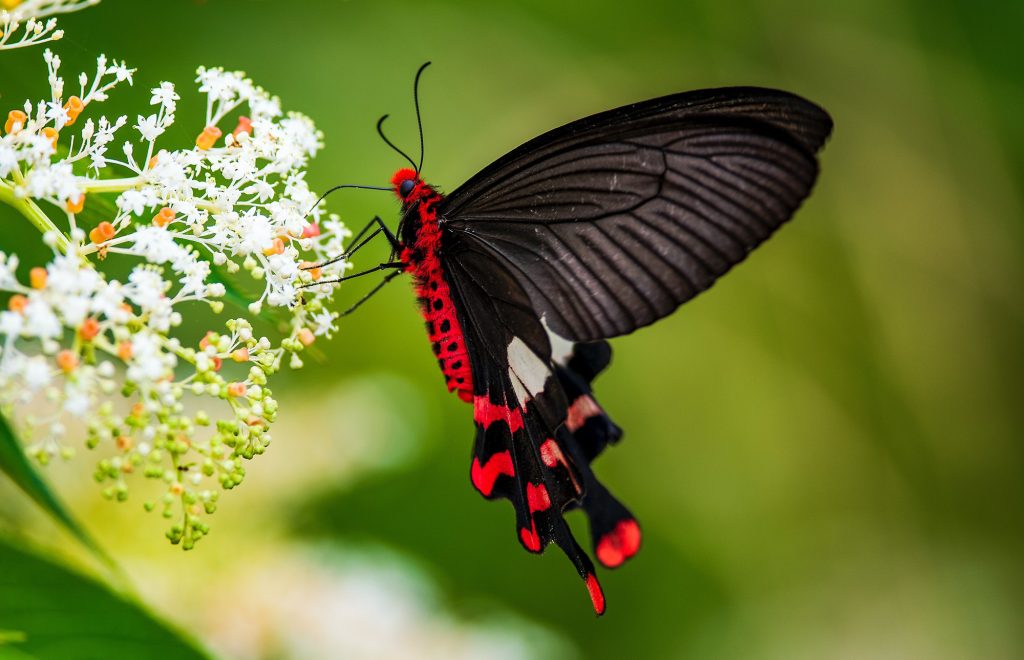
The eyes of a butterfly are composed of six thousand lenses and can detect ultraviolet light.
We hope you enjoyed learning more about butterflies today.
Thank you for watching and reading.
Remember to subscribe to our YouTube channel, Top 10 Facts, for more videos on different animals as we make them often, and to visit our website for more great articles frequently.
You can find more great articles and videos about animals here:
Alpacas, Ants Rescue Their Injured Friends, Butterflies, Cheetahs, Dolphins, Do Fish Sleep, Dogs – Which dog breeds are the smartest, Elephants, Great White Sharks, Sharks in aquariums, Snakes, Hummingbirds, Jellyfish, Lions, Pigeons, Red Pandas, Owls, Seagulls, Snails, Squirrels, and Wolves.
If you found this ant rescue story fascinating, be kind and share it with your friends.
And remember to return to our blog ParentingDad.com for more incredible insights into the fascinating world of nature.
Until next time, keep exploring and appreciating the wonders of our planet!
Adam and I wish you a great day. Stay well, and keep smiling.
Keep being curious and asking questions!
This article might contain links to the products, so we can get a small commission if you buy them. That way, you are supporting this blog, for which I am thankful.
